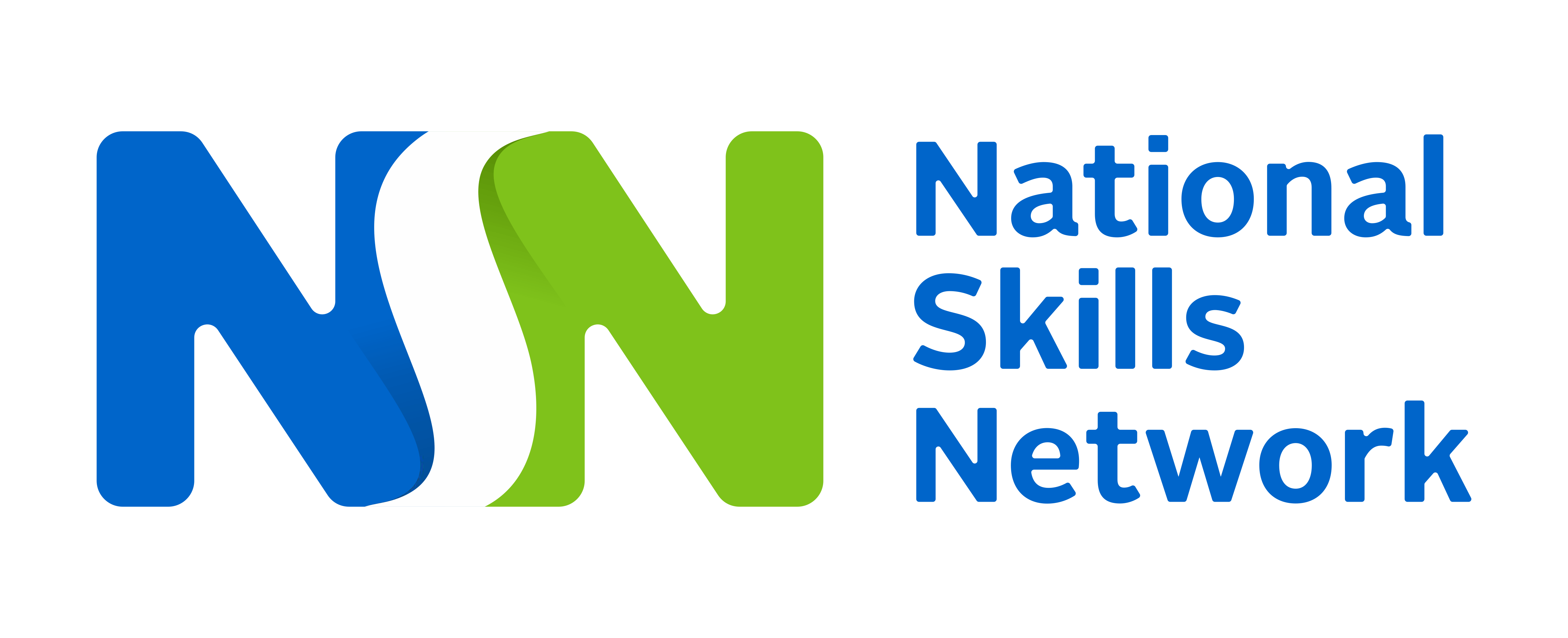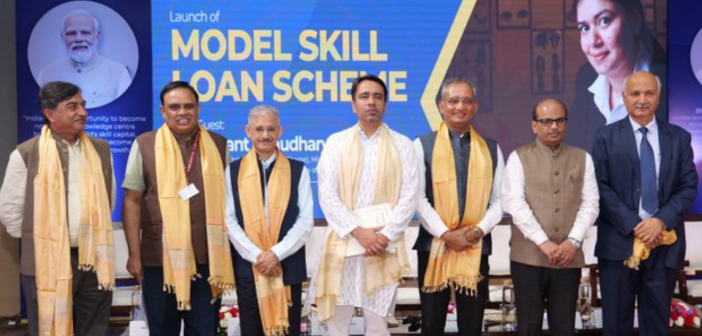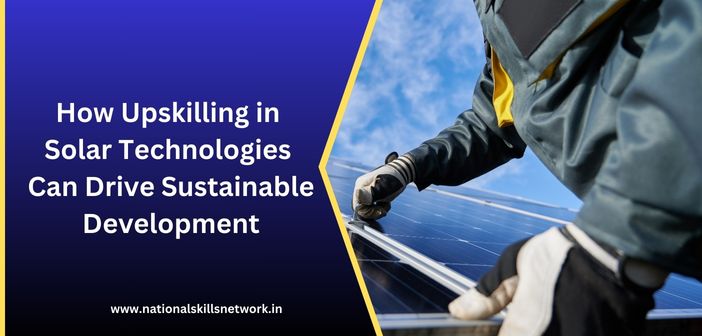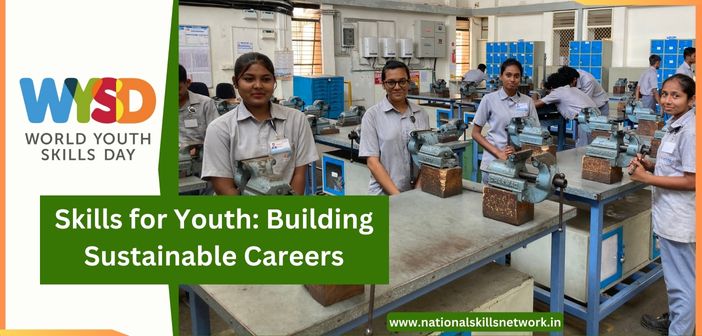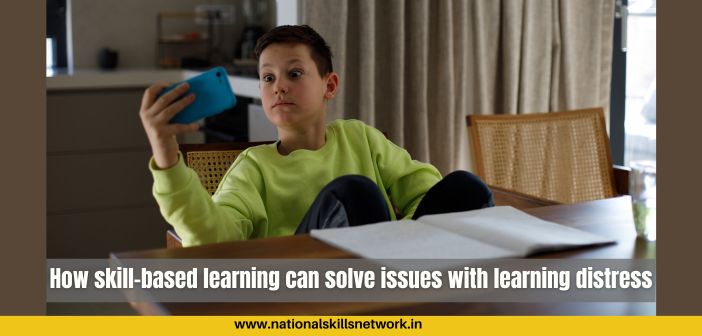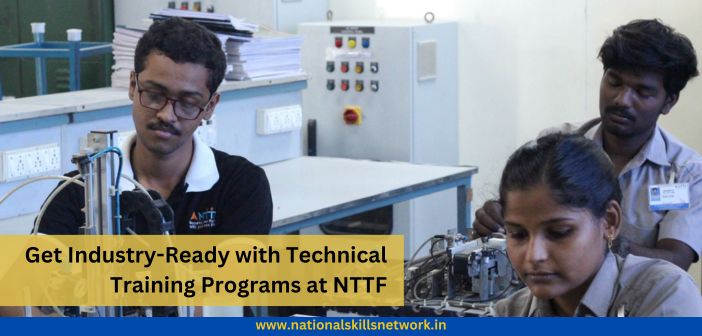For different kinds of welding, we need different skills and knowledge. Since welding is a highly specialized job, anyone looking to learn the skill of welding or looking to upskill or reskill must be well-versed with different welding processes. This includes the knowledge on which gases are used, on which materials is this particular kind of welding used, what are its advantages and disadvantages, the latest technology, tools and equipment associated with it.
With the limitless possibilities of welding, several existing and emerging career opportunities in the field, it is necessary to understand the types of welding.
In this article, we will explore two popular types of welding:
- MIG/MAG Welding
- TIG Welding
First, let us begin by understanding the classification of gas shielded welding processes.
Classification of the Gas Shielded Welding Processes
The term “gas shielded arc welding” covers all arc welding processes where shielding gases are used to protect the weld pool from unwanted contact with the oxygen in the ambient air.
Gas shielded welding processes are divided into different groups –
- Type of shielding gas used
- Type of electrode used
The shielding gases are divided into –
- Active gases
- Inert gases
Determining the correct shielding gas for a welding task is dependent on various criteria:
- Type of material to be welded
- Cost-effectiveness considerations
- Suitability of the shielding gas for the welding process
The electrodes are divided into –
- Consumable electrodes for gas metal arc welding (GMAW)
- Non-consumable electrodes for tungsten gas shielded arc welding (GTAW)
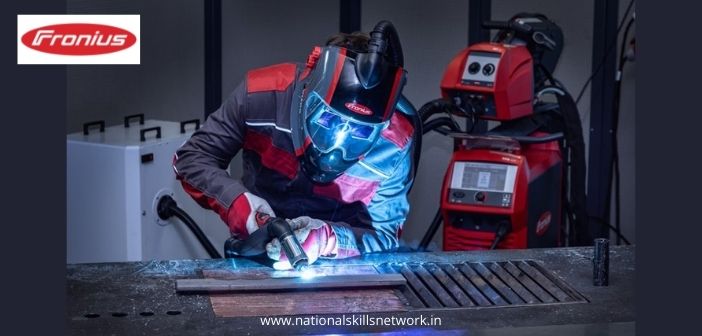
Gas metal arc welding
Gas metal arc welding covers –
- Metal inert gas welding (MIG)
- Metal active gas welding (MAG)
Metal Inert Gas Welding (MIG Welding) – Metal inert gas welding (MIG) is so named because non-reactive (inert) gases are used during welding. Inert gases are argon, helium, and mixtures of these. During MIG welding, either a spray arc or a pulsed arc is used. MIG welding is primarily used for non-ferrous metals like aluminium, magnesium, copper, and titanium.
Metal Active Gas Welding (MAG Welding) – During MAG welding, active shielding gases such as Carbon dioxide (CO2) or Oxygen (O2) are added to the carrier gas Argon. It is however also possible to use pure CO2 as a shielding gas for the weld pool.
For special applications, e.g., high-performance welding or to weld thicker sheet metals, three-component gases are also used. These consist of argon, helium, and CO2. The shielding gases protect against contact with the ambient air. The arc range during MAG welding is large. MAG welding can be achieved through dip transfer, intermediate, spray, and pulsed arcs. MAG welding is primarily used for unalloyed, low-alloy, and high-alloy steels. With high-alloy steels, the active gas range is limited to a maximum proportion of 3%.
Gases used in MIG/MAG welding
MAG welding uses active gases such as pure CO2 or mixed gases (argon, CO2, O2) in various compositions. These are highly reactive. The MAG process is used for unalloyed, low-alloy and high-alloy materials.
MIG welding, on the other hand, uses inert, i.e., unreactive gases such as pure argon and helium or mixtures of argon and helium. The process is suitable for welding materials such as Aluminium, Copper, Magnesium and Titanium.
Advantages and Disadvantages of Gas Metal Arc Welding
- Easy to learn
- High welding speed
- High deposition rate
- Low filler metal costs
- Well-suited for mechanized (e.g., with chassis) or robot-supported welding applications
- Easy ignition of the arc
- Relatively low costs for filler materials
Disadvantages of MIG/MAG welding
- While carrying out welding processes outdoors, there might be problems in maintaining the shielding gas
- Sensitive to rust and moisture
- Slightly more susceptible to porosity and lack of fusion than other welding processes
- Non-porous weld seams can only be achieved with higher CO2 ratios in the shielding gas, which in turn increases the risk of spattering
Learn more about professional welding systems for MIG/MAG welding – https://www.fronius.com/en-in/india/welding-technology/products/manual-welding/migmag/tpsi/tpsi/tps-320i
Learn more about GMAW Process – https://www.fronius.com/en/welding-technology/world-of-welding/mig-mag-welding
Tungsten Inert Gas welding (TIG welding)
Tungsten Inert Gas welding (TIG welding) is a gas shielded welding process. It is used wherever optimum quality and spatter-free weld seams are required. TIG welding is suitable for materials such as stainless steel, aluminium and nickel alloys, along with thin sheet metal made of aluminium and stainless steel. It is used in pipeline and container construction, portal construction and in the aerospace industry.
How does TIG welding work
In TIG welding, the required current is supplied via a tungsten electrode, which is temperature-resistant and does not melt. This electrode emits an arc that heats up and liquefies the material. There is a nozzle for shielding gas around the electrode. This protects the heated material from chemical reactions with the ambient air. The noble gases argon, helium or mixtures are used for this purpose. The non-reactive gases prevent chemical reactions with the liquid weld pool and the heated material. This ensures high-quality weld seams.
As the tungsten electrode does not melt, in TIG welding the filler material is fed in by hand and in mechanized form by an external wire-feeder, either drop-by-drop or continually. It is important that the welding wire remains in the shielding gas environment for the entire time. If the join to be welded is very narrow, it is not generally necessary to use any welding wire as filler metal.
Manual TIG welding takes place using both hands. The welding torch is held in one hand, while the filler material is fed in with the other hand. This means manual TIG welding requires a great deal of skill and experience.
Advantages of TIG Welding
- No formation of welding spatter
- No slag is produced when using argon and helium
- Creates visually pleasing weld seams
- The particularly high optical quality of weld seams
- All welding positions are possible
- Very high weld seam quality
Disadvantages of TIG welding
- Requires a high degree of skill
- Low welding speeds
- Rust must be removed without fail when preparing the weld seam
- Not suitable for thick workpieces
Learn more about TIG welding here –https://www.fronius.com/en/welding-technology/world-of-welding/tig-welding
For any skill development and training in welding, you may please contact –
Devendra Gope – Business Development Manager – Training & Education Segment at 7391095741, Gope.Devendra@fronius.com
